
The Windows 10 operating system regularly receives updates from Microsoft developers servers. This operation is designed to correct some errors, introducing new features and improving security. In general, the updates are designed to improve the work of the applications and the OS, but it happens not always. In this article we will analyze the causes of the "brakes" after the upgrade "Dozens".
"Slows down" PC after updating
The instability in the operation of the OS after receiving the next update can be caused by different factors - from a lack of free space on the system drive to the incompatibility of the installed software with the "Upgrades" packages. Another reason is the release of the "raw" code developers, which, instead of bringing improvements, causes conflicts and errors. Next, we will analyze all possible reasons and consider the options for eliminating them.Cause 1: Disc is filled
As you know, the operating system for normal operation requires some free disk space. If it is "scored", then the processes will be performed with a delay, which can be expressed in "hangors" when performing operations, launching programs, or open folders and files in the "Explorer". And we are not talking about filling by 100%. It is enough that less than 10% of the volume remains on the "hard".
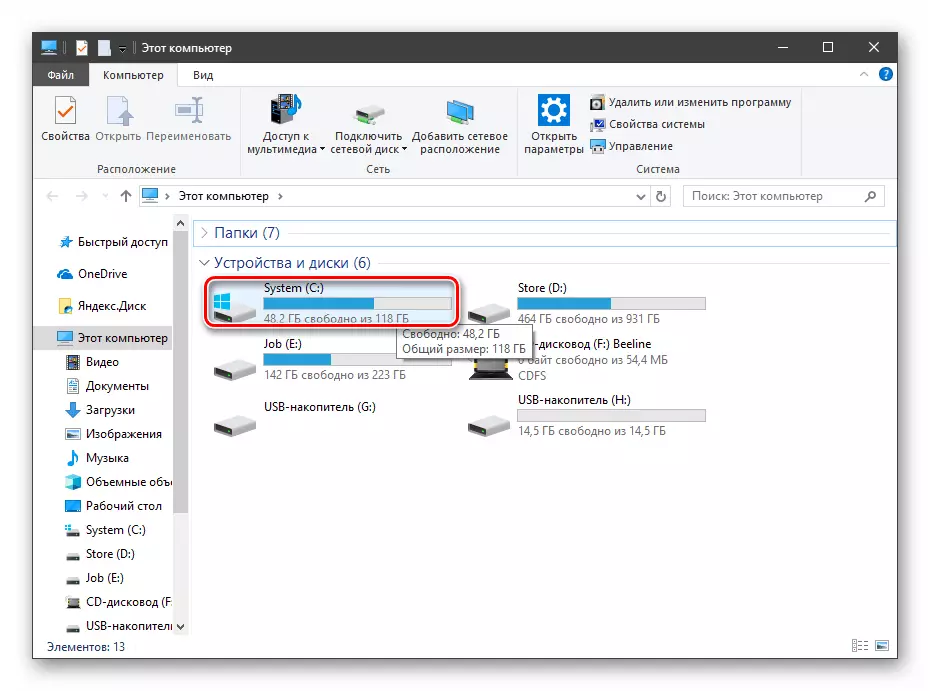
Updates, especially global, which overlook a couple of times a year and change the version of the "dozens", can "weigh" quite a lot, and in the event of a lack of space, we can naturally like problems. The solution here is simple: free disk from unnecessary files and programs. Especially a lot of space occupy games, videos and pictures. Decide which ones you do not need, and delete or transfer to another drive.

Read more:
Installing and removing programs in Windows 10
Removing games on a computer with Windows 10
Over time, the system accumulates "trash" in the form of temporary files, data placed in the "basket" and another unnecessary "husk". CCleaner will help free the PC from all this. Also with it, you can uninstall software and clean the registry.
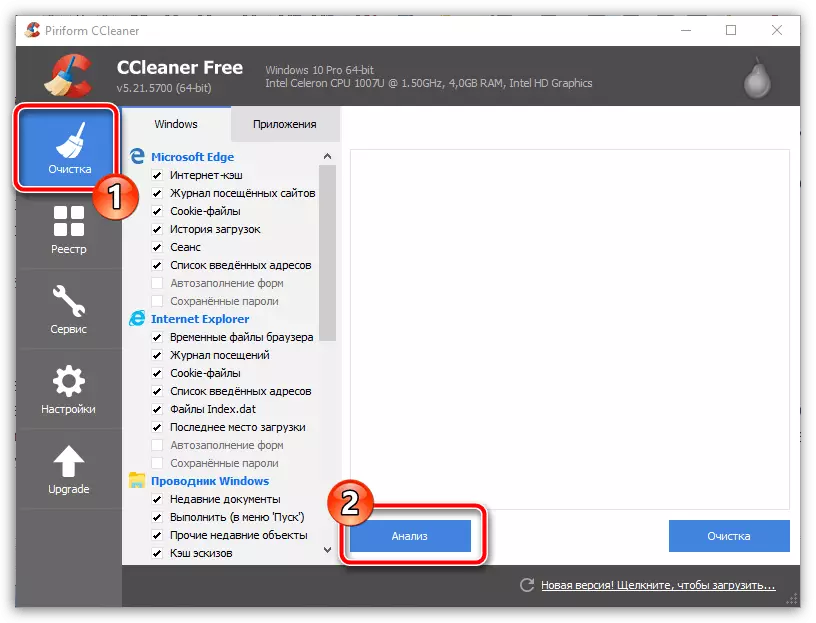
Read more:
How to use CCleaner
Cleaning the computer from garbage using CCleaner
How to configure CCleaner for proper cleaning
In extreme cases, you can also get rid of outdated update files that are stored in the system.
- We open the folder "This computer" and click right-click on the system drive (it has a Windows logo icon on it). We go to the properties.
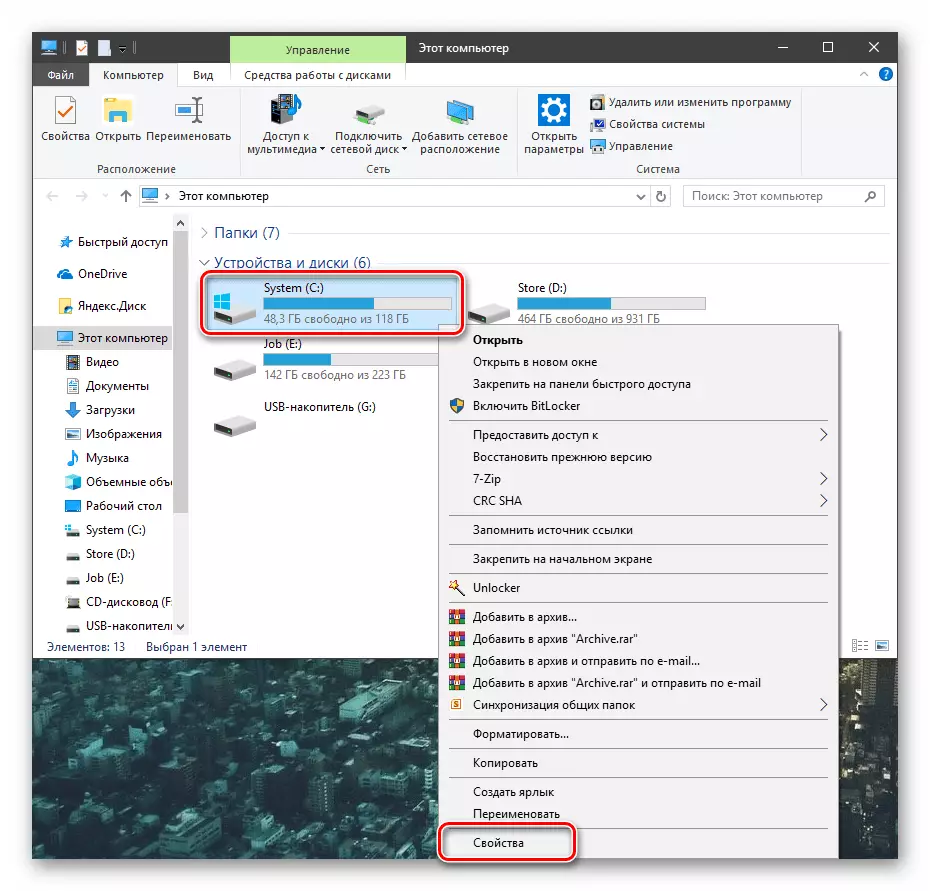
- Go to cleaning the disk.
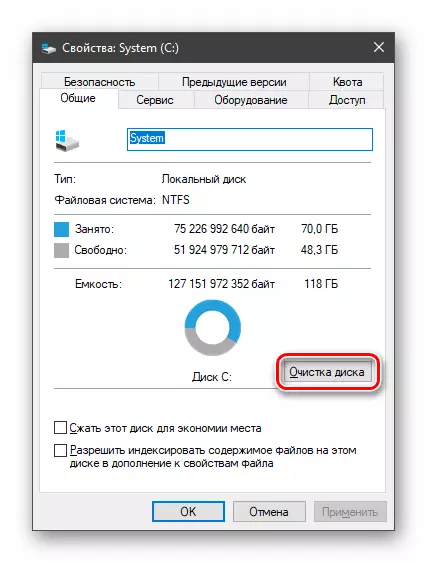
- Click the "Clear system files" button.
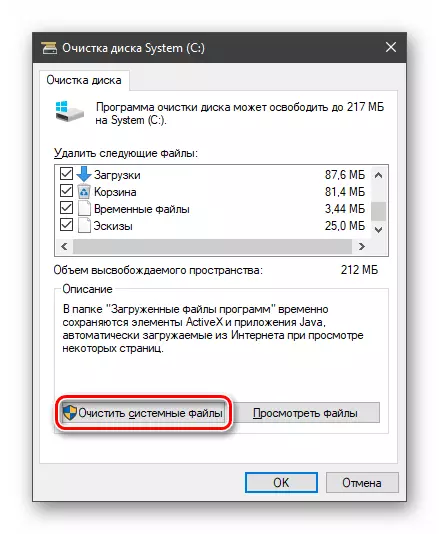
We wait until the utility checks the disk and find unnecessary files.
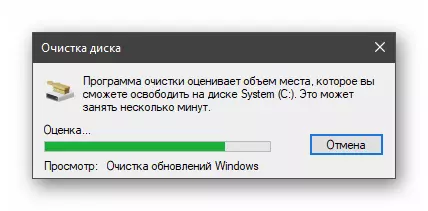
- We set all the checkboxes in the section with the name "Delete the following files" and click OK.
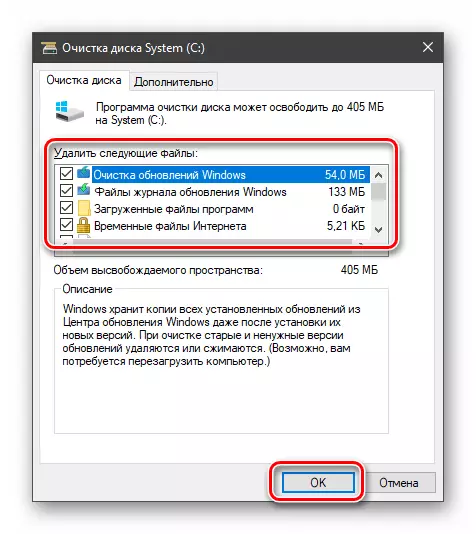
- We wait for the end of the process.
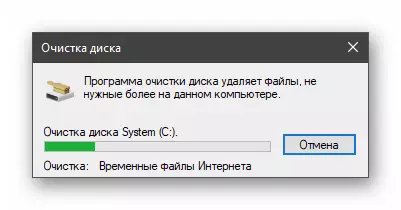
Reason 2: Outdated Drivers
Outdated after the next update can work incorrectly. This leads to the fact that the processor assumes some duties for processing data intended for other equipment, such as video cards. Also, this factor affects the functioning of other PC nodes.
The "dozen" can independently update the drivers, but this function does not work for all devices. It is difficult to say how the system determines which packages to be installed, and which are not, therefore, you should seek help from a special software. The most convenient for ease of treatment is DriverPack Solution. It automatically checks the relevance of the installed "firewood" and will update them as needed. However, this operation can be trusted and "dispatcher of devices", only in this case will have to work a little.
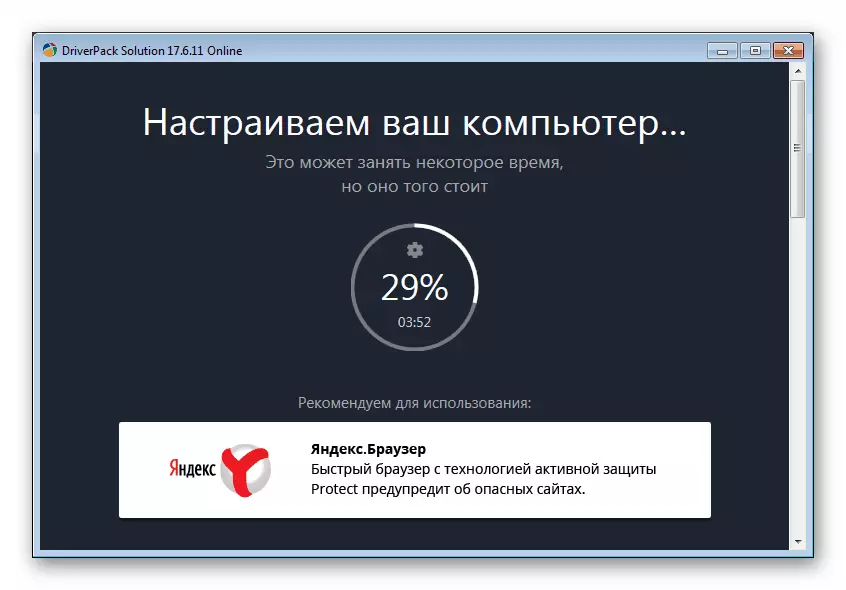
Read more:
How to update drivers on a computer using Driverpack Solution
Update driver on windows 10
Video card software is better installed manually by downloading it from the official site of NVIDIA or AMD.
Read more:
How to upgrade NVIDIA video card driver, AMD
How to update video card drivers on windows 10
As for laptops, everything is more complicated here. Drivers for them have their own characteristics laid by the manufacturer, and must be downloaded exclusively from the official website of the manufacturer. Detailed instructions can be obtained from materials on our website, for what you want to enter the search string on the main page of the laptop driver and press ENTER.

Cause 3: Incorrect installation of updates
During the download and installation of updates, different kinds of errors occur, which, in turn, can lead to the same consequences as the irrelevance of the drivers. These are mainly software malfunctions. In order to solve the problem, you need to delete installed updates, and then conduct a re-manual procedure or wait until Windows does it automatically. When you delete, you should guide the packet installation date.
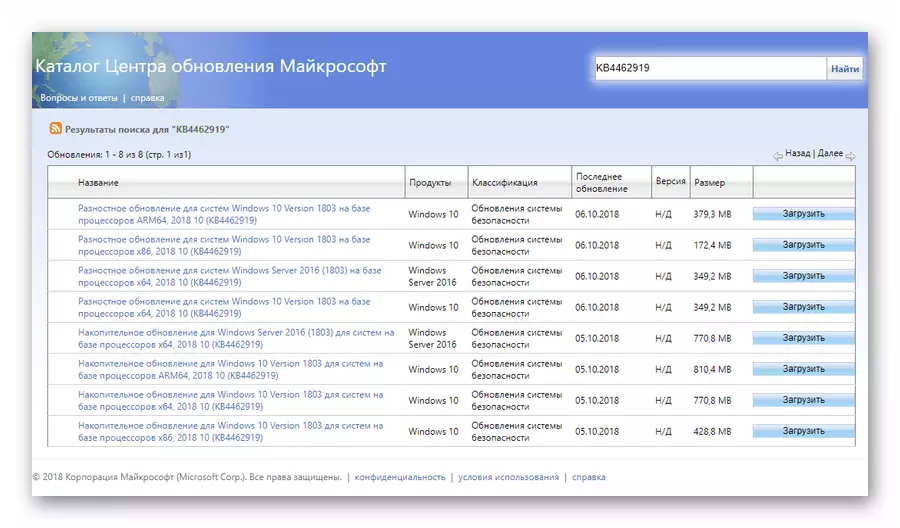
Read more:
Delete updates in Windows 10
Install updates for Windows 10 manually
Cause 4: Release "Raw" updates
The problem of which will be discussed is to a greater extent concerns the global updates of "dozens" changing the version of the system. After the release of each of them, there are mass of complaints of various problems and errors. Subsequently, the developers correct the shortcomings, but the first editions can work quite "crooked". If the "brakes" began after such an update, the system should be "roll back" to the previous version and wait for some time until Microsoft deign to "catch" and eliminate the "bugs".
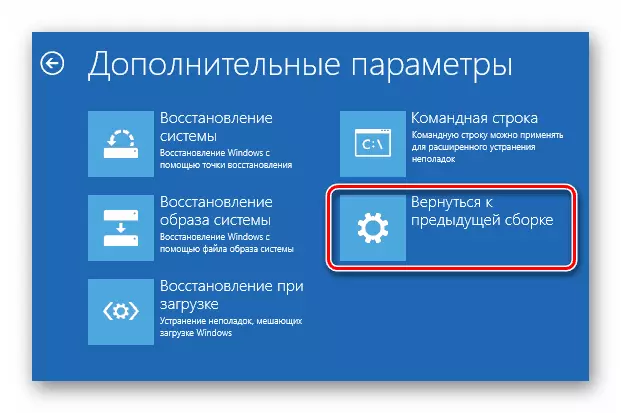
Read more: We restore Windows 10 to the original state
The required information (in the article on the link above) is contained in the paragraph with the name "Restoring the previous build of Windows 10".
Conclusion
The deterioration of the operating system after updates is the problem is quite common. In order to minimize the possibility of its occurrence, you must always keep the driver and versions of installed programs. At the release of global updates, do not strive to install them immediately, and wait some time, read or look at the relevant news. If other users have no serious troubleshooting, you can install a new version of "dozens".
